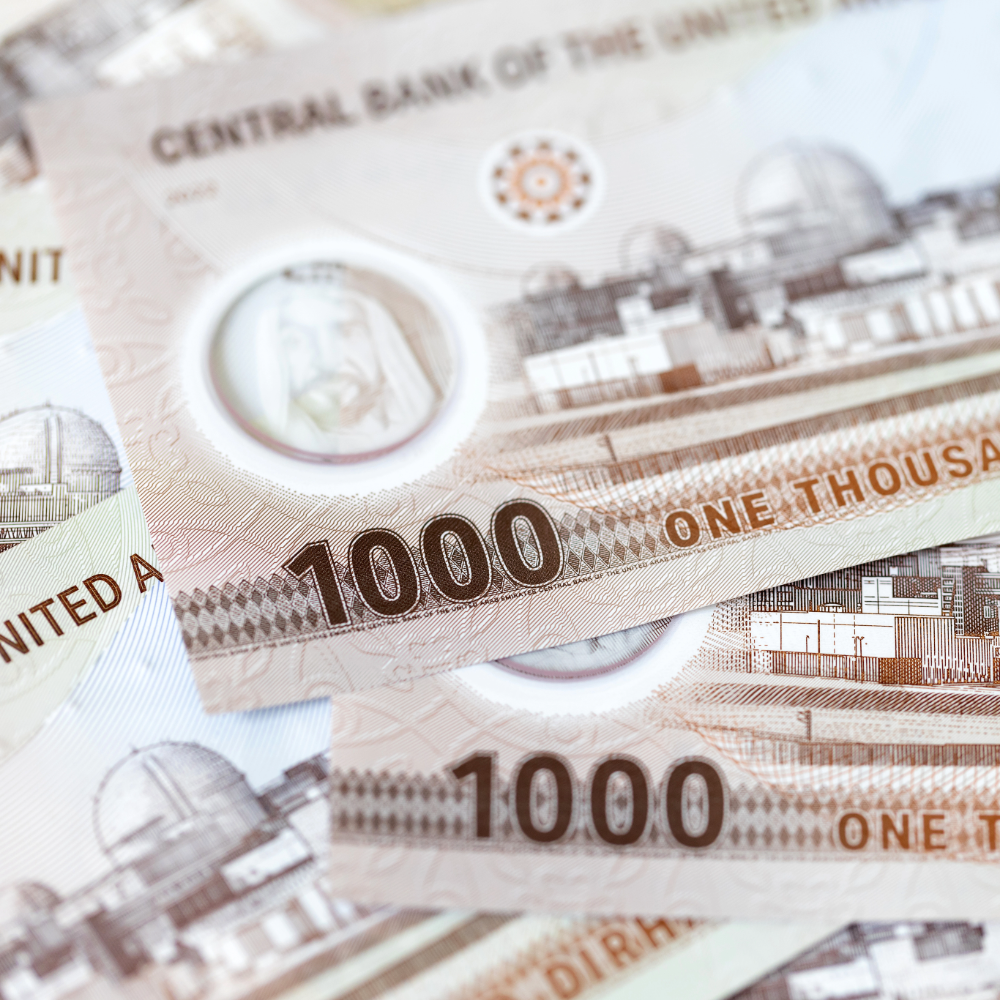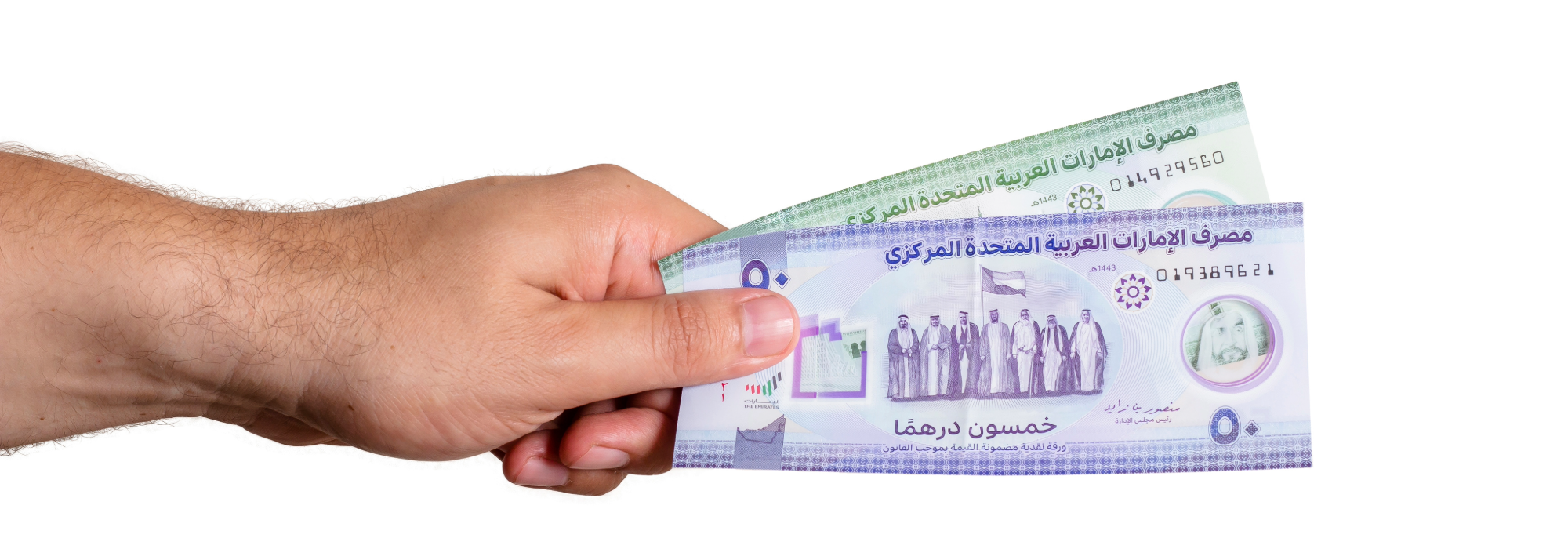

Living in the UAE offers a wealth of opportunities, from a vibrant job market to a lifestyle rich in cultural diversity and luxury. Yet, along with these perks come unique financial challenges. The cost of living, fluctuating exchange rates, and a fast-paced lifestyle make it essential for residents to stay on top of their finances.
Whether you’re an expat just settling in or a long-term resident looking to achieve financial stability, managing your money wisely is crucial. Effective money management isn’t just about cutting expenses or saving more; it’s about understanding your financial habits, planning for the future, and making informed decisions that align with your goals.
In a world that increasingly relies on technology, money management apps have become indispensable tools for anyone looking to track their spending, budget effectively, and save more. These apps offer a wide range of features, from simple expense tracking to advanced investment strategies, making them an ideal solution for UAE residents who want to take control of their financial future.
With the right app, you can gain better insights into your spending habits, set realistic financial goals, and even find new ways to save or invest. In this guide, we’ll explore the top money management apps tailored for the UAE market, helping you find the perfect tool to achieve your financial goals.
Choosing the right money management app can feel overwhelming, especially with so many options available. However, understanding what to look for can make the decision much simpler. Here are some key features and considerations to help you find the best app for managing your finances in the UAE:
By considering these factors, you can find a money management app that fits your lifestyle and financial goals. In the next section, we’ll dive into the top apps available in the UAE that check all these boxes and more.

With so many money management apps available, finding the right one can be a challenge. To make it easier, we’ve curated a list of the top 10 money management apps tailored for UAE residents. These apps offer various features, from budgeting and expense tracking to investment and savings optimization, all designed to help you take control of your financial future.
By choosing the right app from this list, you can effectively manage your finances, track your expenses, and even start investing — all while staying in control of your financial future in the UAE.
Selecting the best money management app can be daunting, given the wide range of options available. Here are some expert tips to help you find the perfect app that aligns with your financial goals and lifestyle:
By following these expert tips, you can find a money management app that not only meets your current financial needs but also adapts as those needs evolve. Choosing the right app can make managing your finances simpler, more efficient, and, ultimately, more effective in helping you achieve your goals.

Once you’ve selected the best money management app for your needs, it’s essential to use it effectively to gain the most benefit. Here are some strategies to help you make the most out of your chosen app and truly take control of your financial future:
By incorporating these strategies into your routine, you’ll be better equipped to make informed decisions, stay on track with your financial goals, and ultimately achieve financial freedom in the UAE.

In the dynamic landscape of the UAE, managing your finances effectively is more important than ever. With the right money management app, you can take control of your spending, budget with confidence, save for your future, and even start investing — all from the convenience of your smartphone. The apps we’ve highlighted offer a range of features tailored to different financial needs, whether you’re just beginning your financial journey or looking to refine your strategies.
However, the app is only a tool. Real change comes from actively engaging with your finances, setting clear goals, and making informed decisions. By regularly tracking your expenses, setting realistic budgets, and using the advanced features of these apps, you can gain valuable insights into your financial habits and identify areas for improvement. Remember, consistency is key: the more regularly you review and manage your finances, the more control you will have over your financial future.
Moreover, embracing a proactive approach to money management isn’t just about cutting costs or avoiding debt. It’s about building a secure and prosperous future, whether that means saving for a new home, funding your children’s education, or ensuring a comfortable retirement. The UAE offers a wealth of opportunities, but to truly make the most of them, you need to be financially prepared.
Ultimately, the goal is to achieve financial freedom — the peace of mind that comes from knowing you are in control of your money, rather than the other way around. By choosing the right money management app and using it to its full potential, you can take a significant step toward that goal. Remember, your financial future is in your hands. With the right tools and a commitment to mindful money management, you can navigate the complexities of the UAE’s financial landscape with confidence and ease.